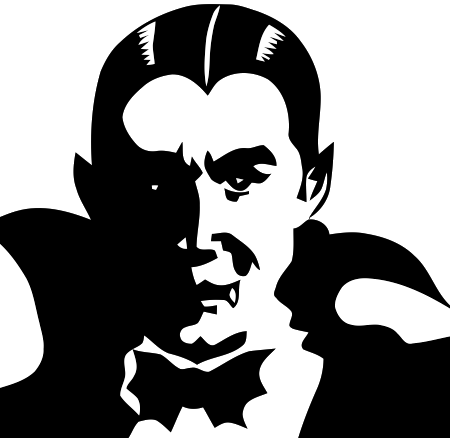Strunk & White’s classic writing guide, The Elements of Style, has been derided recently by Steven Pinker. But one of Strunk & White’s rules stands unchallenged:
Write with nouns and verbs, not with adjectives and adverbs. The adjective hasn’t been built that can pull a weak or inaccurate noun out of a tight place.
Writing experts, including Garner, Flesch and McKee agree.
In English:
- you can form a grammatically correct sentence with just a verb (e.g “Go!”); and
- the next shortest sentence structure is a noun and a verb, e.g. “Fish swim.”.
Our language is built on nouns and verbs: names and actions. Words that describe nouns (adjectives) and verbs (adverbs) can provide readers with more detail. But if you choose the right nouns and verbs – strong, specific and picturesque – you won’t need them as much.
So you could write:
He inserted vigorously a strong wooden post with a point at one end into the pale corpse that is supposed to leave its grave at night to drink the blood of the living by biting their necks with long pointed canine teeth.
Or
He stabbed the vampire with a stake.
Which is more effective?
Source: Strunk, W. & White, E.B. (1979), The Elements of Style.
Image: http://tinyurl.com/l4t535j

Hi there, I’m David Kinnane.
Principal Speech Pathologist, Banter Speech & Language
Our talented team of certified practising speech pathologists provide unhurried, personalised and evidence-based speech pathology care to children and adults in the Inner West of Sydney and beyond, both in our clinic and via telehealth.


Leave a Reply